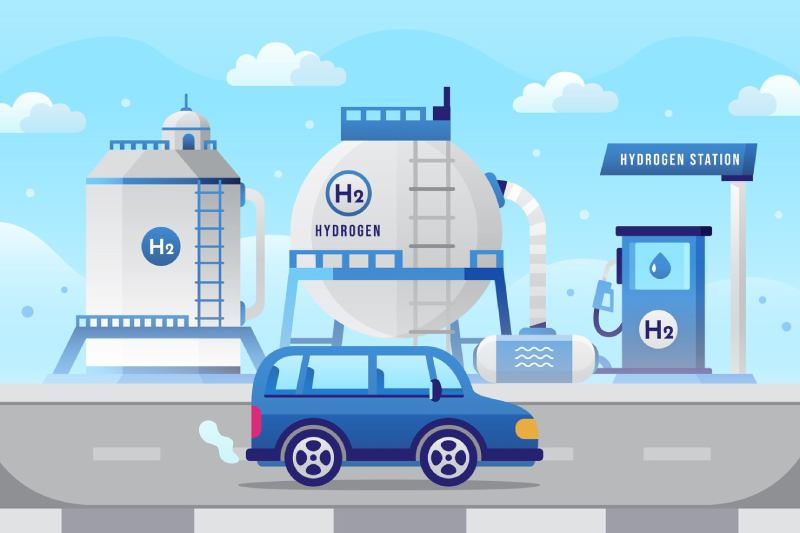Tuvalu, a Pacific Island nation comprising nine low-lying atolls with a total land area of approximately 25 km² and a population of around 11,000, faces acute vulnerability to climate change and sea-level rise[1]. Its electricity system remains largely reliant on diesel generation, with around 72 percent of its installed capacity powered by imported fossil fuels and only 8–20 percent from solar.[2]
Committed to reaching 100% renewable electricity, Tuvalu views green hydrogen as a strategic pathway to eliminate fossil dependency, increase energy security, and enhance resilience to climate threats.
Tuvalu’s National Energy Strategy targets solar PV as the backbone of the country’s power system, supported by BESS and, in the long run, green hydrogen. The small scale of its energy grid, coupled with high irradiation and uniform load profiles, makes the integration of hydrogen technologies viable for both stationary and mobile use cases.
Pilot concepts include solar-to-hydrogen microgrids, green hydrogen-powered backup systems for disaster recovery, and maritime transport fuel alternatives. These initiatives support energy self-sufficiency and directly contribute to Tuvalu’s climate adaptation goals. Tuvalu also aims to position itself as a “clean energy laboratory for small island states,” actively participating in regional hydrogen roadmaps through platforms like PCREEE and IRENA’s SIDS Lighthouses Initiative.
Tuvalu’s energy policy is shaped by its extreme vulnerability to climate change and its dependence on imported fossil fuels. The country’s National Energy Policy (NEP) and Energy Strategic Action Plan (2021–2030) [1] commit to achieving 100% renewable electricity generation by 2025, primarily through solar PV and battery storage systems. This policy also positions green hydrogen as a long-term enabler for energy security, especially for maritime transport and backup systems in outer islands.

Tuvalu’s renewable infrastructure remains limited but is growing through targeted donor investments:
Although no electrolyser installations are yet present, Tuvalu’s hybrid microgrids and centralized solar–BESS setups provide a viable platform for future solar-to-hydrogen systems. Promising pilot concepts include floatable PV-electrolysers at Funafuti port, both for backup power and intermittent maritime use.
Tuvalu is in the early stages of conceptualizing hydrogen pilots structured around island resilience: